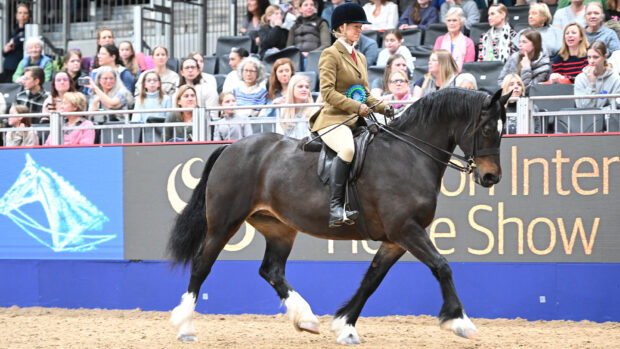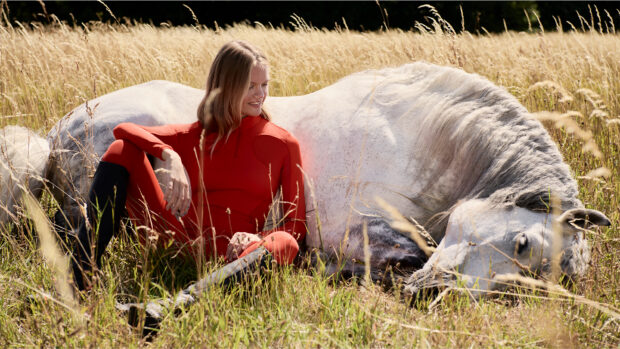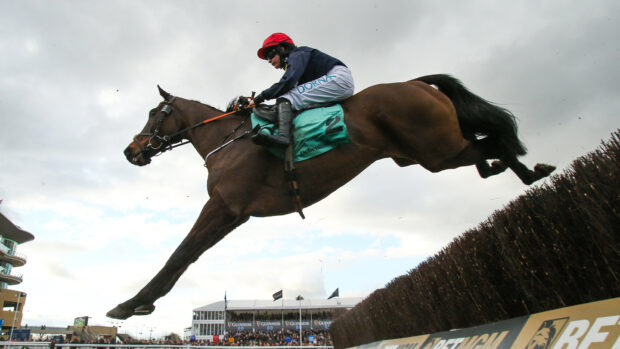How much a puppy should be exercised and for how long for has always been a contentious issue. As with how much exercise an adult dog needs, it is very much breed dependent in a lot of cases, but also common sense must play a huge part.
Five minutes per month?
Some dog owners stick firmly to the mantra of five minutes a day for every month of the puppy’s age (this is especially common with large and giant breed owners and breeders) and there are those that throw caution to the wind and exercise them as much as the puppy wants to, throw balls and run with their dogs. Both approaches are extreme in their thought process and, in my opinion, are flawed.
Puppies are highly energetic little balls of fizz, but that does not mean that their needs are the same. For example, a miniature dachshund does not need the same as working cocker spaniel, and a French Bulldog does not need the same as a German Shepherd. A German Shepherd needs more than an English Mastiff, but less than an Irish Terrier, while an English Mastiff puppy and miniature dachshund probably need roughly the same. Confused?
To get this right when there are so many variations of breeds and personalities, you need to apply some common sense. The first thing you need to understand is that it is far better to walk your dog in a controlled way on the flat than it is to let it hurtle around the house and garden, bouncing and jumping up everywhere. It is also far better to add low-impact obedience training and scent games to drain extra energy than it is to throw balls or frisbees, or encourage them to jump through hoops and dash around obstacles.

PetSafe Training Harness | Amazon.co.uk
This padded front-loading harness minimises your dog’s pulling by gently steering him in the right direction. It safely controls light to moderate pulling by resting across your dog’s chest instead of his throat, preventing choking, gagging or coughing.

Halti Front Control Harness | Amazon.co.uk
This front-loading harness has two points of connection for extra control, benefits from neoprene padding and has five points of adjustment to get the perfect fit.
‘It all boils down to common sense’
Assuming your puppy had their first vaccination at eight weeks old, they should be ready for their first walk by 12 weeks. For a puppy aged 12–16 weeks, a 20-30 minute slow, flat walk that is controlled, full of things to see and sniff is ideal. This would be far better than a five-minute walk to the field, where you let them off (with no recall), and they spend their time running around, stopping suddenly, changing direction or retrieving a ball. This will do far more damage to their soft young joints and growth plates than the aforementioned flat walk. In my 20 years in this profession I have seen this method produce much happier, calmer dogs that at lower risk of injury and do not have irreversible joint damage caused by being allowed to run themselves ragged.
Higher energy breeds and slower growing breeds would be able to do 40–45 minutes as they near 20 weeks of age. Again, it all boils down to common sense, but keep in mind that you’re aiming for a steady pace so there is low impact on the joints.
If you’ve walked in the morning, engage them later in the day with 10 minutes of obedience training or scent games and puzzles. You can also offer one of the best puppy chews or best snuffle mats for extra reward and enrichment.
In addition to their age, breed and personality, you also need to consider what your puppy is fed. Feeding food that is dry, heated and full of chemicals is only going to make your puppy over-energetic and this leads to bursts of jumping, biting and zoomies, which are all bad for growing joints.
From around 19 weeks, my mastiffs were doing 40 minutes of flat work. They’d then have a long sleep and later on do some low-key obedience training learning hand signals and playing scent games. I am pleased to say that in the years I have owned and bred giant breeds, owned Irish Terriers, Ridgebacks and now a miniature dachshund, I’ve never had any joint problems or behavioural issues caused by excess energy and boredom. This tells me the balance is right.
Finding the balance is something I pass down to my clients in puppy class and other areas. When the plan has been formed that is right for their breed and its personality, the frenzied biting, feet chasing, constantly jumping, boisterousness puppy disappears and they find it replaced with a puppy that can concentrate for longer, feels calmer, is more enriched and happier.
Dogs usually make it obvious when they wish to do more, but do not be led solely by your dog, especially with breeds such as Hungarian Vizslas or springer spaniels, as they don’t know when to stop. As your puppy sleeps less and gently builds muscle tone, their exercise can be increased. It is still wise to not throw balls or frisbees for excessive amounts of time or start agility until they are at least a year old (and longer if it’s a giant breed) to allow the growth plates to close.
Swimming is good form of exercise that alleviates impact and weight on the bones and some hydrotherapy establishments may well offer this to puppies to aid in their exercise routine.
Signs your puppy is getting too much exercise
Exercising your puppy too much can can then lead to damage to joints, growth plates and ligaments. These types of injuries can have a lasting effect on the puppy and into adulthood. Crate resting a puppy with a broken leg or lameness is no fun – and such problems are often expensive to treat. If you’re doing too much with your puppy, you’re likely to see the physical effects quickly, which could include some of the following:
- limping
- exhaustion
- not keen to interact
- lack of interest in food
- excess panting and difficulty breathing
- being underweight
- heat stroke in warmer weather
- excessive drooling
- lack of urine caused by dehydration
- muscle tremors
- lethargy
- vomiting
- diarrhoea
Signs your puppy is not getting enough exercise
Too little exercise also gives rise to a multitude of issues and signs your puppy is not getting enough include:
- biting and getting over boisterous when playing with you or your children
- jumping up
- mouthing
- destruction of beds, toys, furniture etc
- excessive barking
- overweight
- compulsive behaviour caused by boredom
- zooming around the garden
- digging
Clearly how much to exercise a puppy is something of importance during their formative months. Too much is bad and too little is bad, so we must find the happy medium. If you are unsure of what is best for your dog, talk to the breeder and see how their line has been exercised, and if you’re still unsure, speak to your vet.
You might also like:

What to feed a puppy for healthy growth

How much exercise does a dog need?

How to master loose lead walking

6 of the longest-lasting dog chews for dogs who need to keep busy

Subscribe to Horse & Hound magazine today – and enjoy unlimited website access all year round
Horse & Hound magazine, out every Thursday, is packed with all the latest news and reports, as well as interviews, specials, nostalgia, vet and training advice. Find how you can enjoy the magazine delivered to your door every week, plus options to upgrade your subscription to access our online service that brings you breaking news and reports as well as other benefits.




